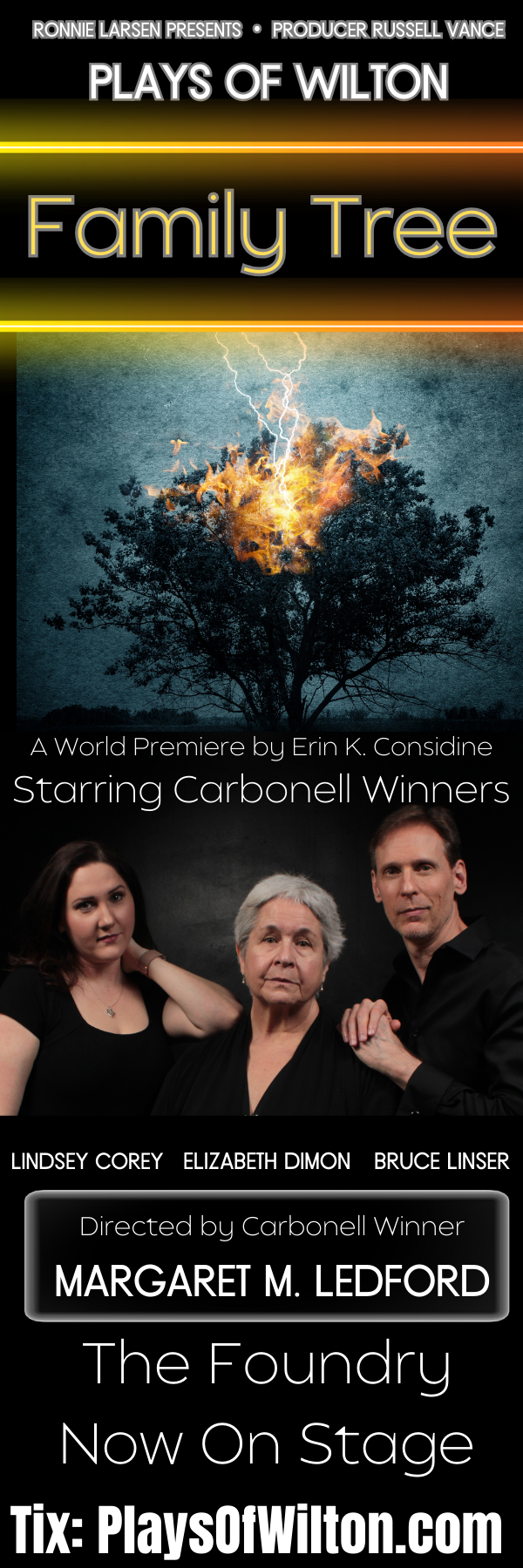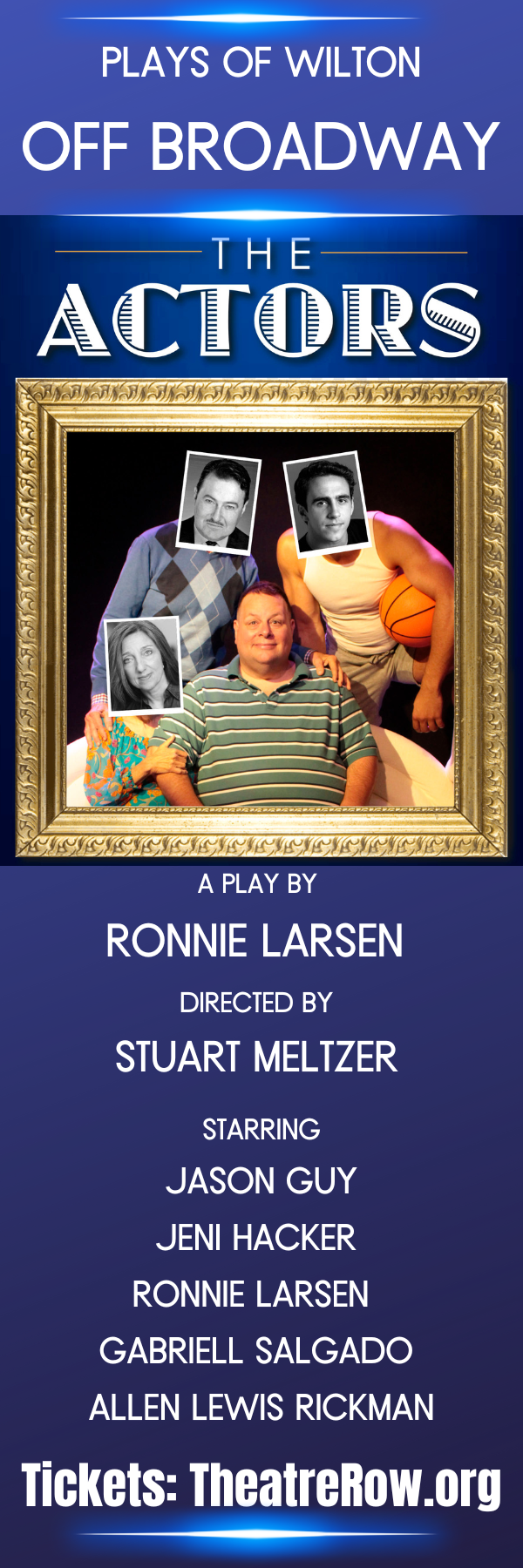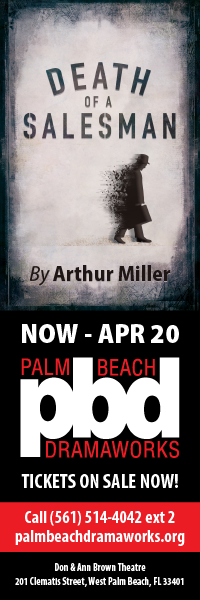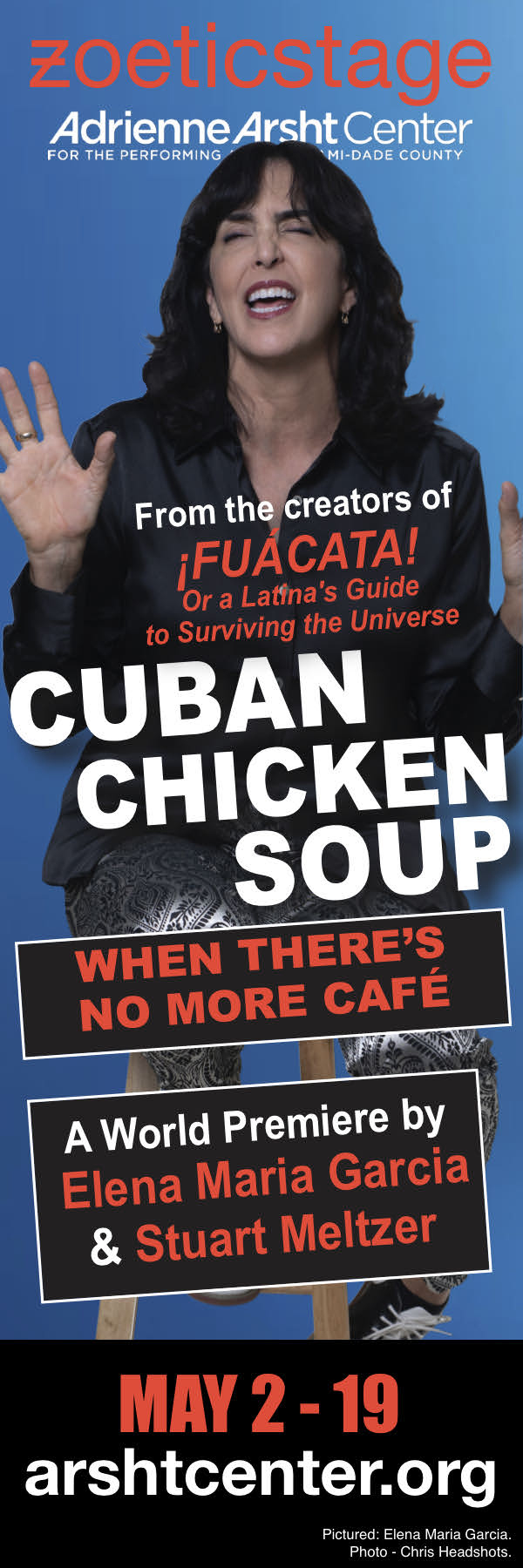Theater Shelf, a recurring feature by our reviewer Brad Hathaway, reviews recently-released books, CDs and DVDs of interest to theater lovers. Some are popular titles like a new Original Cast Recording, others are works you’ll be intrigued by but didn’t even know about.
By Brad Hathaway
Melissa Errico: Legrand Affair (CD)
A Theater Shelf reader, in a comment to the column on Kate Baldwin’s album of songs by Sheldon Harnick, said she really liked collections devoted to one composer or lyricist. I resolved to include more of them in future columns. This week I got the opportunity when Ghostlight Records released a delicious collection of Michel Legrand songs sung by Melissa Errico backed by a 100-member orchestra playing new orchestrations by M. Legrand.
The more you know about a lovely piece of work the more you can appreciate it. That is one reason why the text in a CD’s booklet is so important to those who want to delve into a recording, not just listen to it.
This new album could well have come with a 48-page book with lyrics, details on the recording process, explanations of the orchestrations and the process by which it all came together. Instead, its paltry 12-page booklet wastes half its surface on snapshots and art photos, the relevance of which goes unexplained.
This is a pity both because the music on the disc is beautiful beyond measure and because the story of how this compilation took six years to get into the stores is worth the telling. It is only hinted at in Ms. Errico’s two-page “musing” about the time she and M. Legrand spent trying to plan an album of his work. She tells you that was in February of 2005. Then M. Legrand went off to write the orchestrations for the songs they had chosen. So how come the result is only now getting into our hands?
Apparently it wasn’t M. Legrand’s fault. His orchestrations were ready in time for the orchestra tracks to be recorded under his direction in July 2005 in Leuven, Belgium. That was so long ago that the orchestra’s name wasn’t even the same as it is today. Then it was the Flemish Radio Orchestra, a 100-member symphonic orchestra. Now it is The Brussels Philharmonic.
The vocal recording for “Once Upon a Summertime” was done in New York in September of 2005 but the rest of the vocal tracks were laid down in New Jersey in 2009.
Why the four-year delay between recording the orchestra and the vocals? Apparently, it wasn’t just the result of the busy schedules these successful people had. It was, instead, the arrival of three children into the family of Ms. Errico and her husband, former tennis star Patrick McEnroe.
Pregnancy, labor, delivery and parenting prevented the completion of the project but the results were worth waiting for. There is a compatibility of sensibility between vocalist and composer/orchestrator/conductor that permeates the entire 16-song disc.
It seems that Ms. Errico and M. Legrand formed a friendship in 2002 when she starred in the only full musical by the French composer to reach Broadway, the rather unorthodox Amour for which he was nominated for the Best Score Tony and she a Best Actress in a Musical Tony. While the show ran only two weeks, it remains strong in the minds of those fortunate enough to have seen it. I, for one, cherish the memory of hearing Ms. Errico sing “Other People’s Stories” on the night I attended and I was so very pleased when Ghostlight records released an Original Broadway Cast recording (ASIN: B0000A1HSI).
This new album starts out as something of a survey of Legrand’s greatest movie songs. Songs from 1964’s The Umbrellas of Cherbourg, 1968’s The Thomas Crown Affair, 1970’s Wuthering Heights and 1971’s Summer of ’42 wash over you from speakers or earphones with a familiarity built of decades of familiarity, but with such tender affection they feel more whispered into your ear without mechanical assistance.
Part of the reason for this unaccountable effect is Errico’s hushed tones as if she combines an awe at the creations of the composer and a deep love of whomever she is singing to. Of course, it helps that, when I’m the one listening on speakers or earphones, she has an audience that has been under her spell for at least 15 years. That was when I saw her, as lamentably miscast as she was, charm the heck out of the audience at a poorly conceived Broadway mounting of Cole Porter’s High Society.
The flood of lush movie songs is followed by a new Legrand piece with lyrics by long-time Legrand collaborators Alan and Marilyn Bergman titled “In Another Life.” They compiled a chain of poetic similes describing the alternative environment in which a love affair might have a different ending.
A sample lyric:
“In another life / on a different shore / in another room / with a different door.
In another place / in a distant part / with the different beat / of another heart.
In another time / when our eyes are dry / in another life / there’d be no goodbye.”
Legrand has devised a sliding repetition that climbs to a crescendo as his orchestration trickles down like the collected droplets on a misty window. Errico’s singing is so tender and so lovely, one just has to hope someone makes a romantic movie for which it could serve as the appropriate theme song.
Not all the lyrics on this album are by the Bergmans. Johnny Mercer’s wonderful “Once Upon a Summertime” is probably the best of the others but there’s also Norman Gimbel’s setting of Legrand’s theme for The Umbrella’s of Cherboug, “I Will Wait For You.”
Whoever wrote the words – in English or in French as on the tracks “Dis Moi” and “Celui-La” – it is the music here that is most enchanting. In Errico’s hushed intimacy and LeGrand’s soft orchestral sweep, this is a lovely album.
Legrand Affair: The Songs of Michel Legrand
Melissa Errico
Ghostlight Records 8-3336
66 minutes over 15 tracks
List Price $14.99
ASIN: B005JRM700
—-
Hirschfeld On Line, by Al Hirschfeld (book)
Set aside a month or two to absorb this book. It isn’t that it is extremely lengthy, it’s just 350 pages measuring 9″ by 12″. But most pages should be viewed and contemplated as a separate experience. If you rush through you will miss a great deal, as the magic of a Hirschfeld drawing is how its simplicity carries so very much meaning. Hirschfeld had a wonderfully observant eye and he was incredibly skilled and highly imaginative in his use of a line to communicate he saw.
Don’t read the book cover to cover.
Instead, take a lengthy first visit by reading the informative 15-page biographical sketch by Mel Gussow and thumb through the rest to familiarize yourself with the layout of the book.
For the next visit, read Louise Kerz Hirchfeld’s five page sketch of what life was like with Hirschfeld in the later stages of his lengthy career. She was his third and last wife, accompanying him to theater night after night, and witnessing his creative process.
After that, check out the single page comments by a few of his subjects, including a fascinating article by the most famous of all his subjects … his daughter Nina, whose name he hid in nearly all of his drawings after her birth in 1945, making a NINA the object of treasure hunts through his lines as well as treasured symbols of fame for those he drew over the next half century.
Only after you have enjoyed these familiarization visits to the book should you begin the routine that will give you the greatest enjoyment. Pick the book up frequently, open it to the first page you haven’t yet read and examine both the drawing or drawings on the page and read the short comment by Hirschfeld himself. If you confine yourself to just a few pages for each visit you will find that you come away with much more than if you simply look briefly at each in a mad dash through the drawings. There are such treasures to be unearthed by close examination!
The book includes the first Hirschfeld ever published – the sketch of actor Sacha Guitry he doodled on the playbill when watching him in the play Deburau in 1928. The press agent sitting next to him asked for a clean copy so he could put it in the Herald Tribune. That led to a request from the New York Times for a sketch it could use, and they published his work from then on.
There may be a hundred faces to contemplate in the audience he included in his 1948 drawing of Times critic and long time friend Brooks Atkinson, while his drawing of 1956’s My Fair Lady captures details of set, costume, scene and character as well as representing fine caricatures of Rex Harrison and Julie Andrews.
You should linger over his sketch of Jack Lemmon in 1979’s Tribute or study his drawing of Barbara Streisand in 1964 in Funny Girl studying her reflection in a mirror – the “reflection” being a photo of Fanny Brice in the mirror. Note how he sketches 1991’s Miss Saigon without a helicopter or compare his view of 1947’s Death of a Salesman with Lee J. Cobb to his equally perceptive rendering of the 1984 production of the same play with Dustin Hoffman.
Movies get their own treatment as well. Spend a good deal of time with his 1954 “History of the Movies.” If I count it correctly, you’ll find portraits of 87 once (and some still) famous faces in that one drawing. How many can you identify? Once you finish with that, turn the page and you run smack up against his 1954 “TV Personalities” with its panoply of portraits from Steve Allen to Arthur Godfrey, and Kukla, Fran and Ollie, Howdy Doody and Ed Sullivan. In the color pages you will find a black line sketch of Blake Edwards being visited by a colorful “Pink Panther.”
Not all the subjects are theatrical. There’s a panorama titled “History of the American Communist Party, 1939” which could reward an hour’s scrutiny.
So much of Hirschfeld’s finest work is the result of a very few exquisitely placed lines that it is a bit surprising to see how he can communicate chaos or explosive energy with a jumble of lines that look like scribbles. His drawing of Zero Mostel and Eli Wallach in 1961’s Rhinoceros is an example. So few lines for Wallach but so many for Mostel who Hirschfeld’s commentary describes as a “snorting, stomping rhinoceros.” On the opposite end of the spectrum, look at his drawing of Ben Turpin, whose body, arms and legs consist of just ten lines. It took just a few more to add hands, head with facial features, hair and hat, but the essence of it all is the four main lines of body and limbs. Similarly, his Barishnikov captures the dancer’s legs in action in a mere five lines.
Study the pages slowly until you get to “Tony Award Nominees, 1998” which is the final sketch in the book. Note that its signature is “Hirschfeld 4” indicating that he has concealed four NINAs in the drawing – can you find them?
Hirschfeld On Line
by Al Hirschfeld
Applause Theatre and Cinema Books
350 Pages – 32 in color
List Price $59.95
—
Bing Thom Works (book)
From the Mid-Atlantic States to the Pacific Northwest, theatergoers can enter into a world of drama even before the play begins if they attend their theater in structures designed by Vancouver architect Bing Thom. His work is always atmospheric, and at its best it is exquisite.
Now, with the release of a book by Princeton Architectural Press, those who attend on the east coast can get something of the feeling of his west coast buildings and vice versa. The volume, written not by some visiting author but, rather, by his organization itself, looks in detail at seven of their major projects and also explains the modus operandi of the organization he heads and which reflects his unique value system.
The book opens with what must be considered his masterpiece-to-date, the Mead Center for the American Theater, the three-house complex in Washington DC which is the home of the venerable Arena Stage. Accompanied by nearly fifty photos, most in color, the text walks you through this superb complex and explains how it came to be.
When Artistic Director Molly Smith decided that Arena would not abandon its two-theater complex along the Southwest waterfront which they had begun to outgrow, and instead of building something new somewhere else would renovate in place, she sought out the best of America’s architects to propose approaches.
When I visited the headquarters of Bing Thom Architects in Vancouver recently I was fortunate to be able to spend time with Thom’s principal partner Michael Heeney, who told me that they didn’t even plan to respond to the initial inquiry from Arena. He said “it was flattering to know that someone in far away Washington knew of us in Vancouver, but it is expensive to put together proposals and we didn’t really think we might land this dream assignment.”
When Arena called to say that Molly Smith very much wanted to have them considered, however, they jumped in with a proposal that ended up earning them the commission for what turned out to be a $125 million project. Some may question the spending of that much money on a theater complex but no one who sees the result can doubt that they spent it very well indeed.
Smith may have been interested in them because she knew of Thom’s earlier gem of a multi-house facility, the Chan Centre for the Performing Arts at Vancouver’s University of British Columbia. If so, and if she hoped to have something similar, she must be thrilled with the result which now stands as the most notable (and, in my opinion, the best) new building in Washington DC since I. M. Pei’s East Wing of the National Gallery of Art opened on the Mall over thirty years ago.
The Chan Centre can actually be seen as a precursor to Arena’s Mead Center, featuring as it does a glass-wrapped lobby that is a masterful joining of site to function. For the Chan, the principal element of the site is the forest environment of the Pacific Northwest, so the view through the glass wall of the lobby is of trees.
In fact, when Thom was engaged to design the center, his first contribution to reject the idea of cutting down the trees on the site in order to open up vistas of the mountains in the distance. The book explains that “we chose to play up the trees rather than cut them down. In the evening, when the sun goes down, we light them up so that when the audience comes out during the intermission, they find themselves amidst a magical forest.”
In order to accomplish this, a glass wall became the focus of the facility, but that glass wall had to be slanted at just the right angle so that the view would not be obscured by reflections either from inside or outside no matter what time of day or night. What is more, the joining of the glass sections turned out to be exquisitely honed. Shinobu Homma, who took me on a tour of the center, said he spent weeks working on the design of those joints – the attention to detail shows.
In Washington there is a similar – but much larger – expanse of canted glass revealing the essential element of the site. But this time it is the interior that had to be revealed to the world outside rather than vise versa. It was the two existing historic theaters, the Fichandler theater-in-the-round and the Kreeger semi-thrust proscenium house, which had to be retained in an up-to-date complex which became the “view” for the city they serve.
The essence of the design of Arena’s Mead Center is encapsulation. The administrative and support portions of the existing buildings were demolished, but both their interiors, which were renovated and improved, and their exteriors were retained. They became iconographic tributes to the history of the historic Arena Stage, the first recipient of the Tony Award for Outstanding Regional Theater and an early force in the formation of the entire regional theater movement.
The Fichandler is still visible from both Maine Avenue and 6th Street and the Kreeger can still be seen behind it from one aspect and beside it from the other, but now they are covered by one of the largest cantilevered roofs in the world. They are joined by a new theater, the Arlene and Robert Kogod Cradle Theater as, in the words of Mark Shugol who chaired Arena’s Board of Directors during the project, “three jewels in a beautiful glass-lined jewel box.”
The Cradle, by the way, gets its own 10-page section in the book which details, among other aspects of the design, the woven wood basketwork that is the most striking feature of the theater’s interior.
The canted glass wall in Washington is huge when compared to the one at the Chan Center with 370 panes of glass creating 35,000 square feet of window. While the Chan Center’s window wall had been supported by steel columns on the outside of the structure, Arena’s columns are of a composite wood product – strips bound by epoxy to form beams stronger and longer than what could be carved out of a tree trunk. For Arena, Thom placed the columns inside as if here the forest is an interior one. As explained in the book, they do double duty supporting both the roof and the window-wall.
The book details a project where Thom introduced the technique, the Surrey Central City project in suburban Vancouver which combined an office tower and a university campus on top of an existing shopping mall in a unique mixed use project that opened in 2003. On my visit to Vancouver I toured the project and was struck by one aspect of those wood composite columns which demonstrated just how Bing Thom and his team continue to refine their work with attention to important details. The metal castings where the columns meet the ground are not exactly clunky in Surrey, but they aren’t nearly as graceful as are the columns themselves. For Arena, the castings are notably superior and are an esthetic match for the columns they support, although the book is a bit exorbitant in its claim that they have “the delicacy of a ballet dancer en pointe.”
The book details the designs of more non-theatrical projects than theatrical, which may make it seem a bit misfiled when placed on your theater shelf. But it belongs there because of the chance it provides to place the designs of such thrilling performance spaces as the Mead Center’s Cradle and the Chan Centre’s small black box and its large concert hall into a larger context. One can only hope that, even if there aren’t more books about theaters designed by Bing Thom Architects, there will be more theaters to benefit from his and his associates’ approach to design.
Bing Thom Works
Principal writers: Kerry McPhedran and Michael Heeney
208 pages of 9 by 12 inches – 100 color illustrations
ISBN 978-1-56898-959-4







 A PaperStreet Web Design
A PaperStreet Web Design
